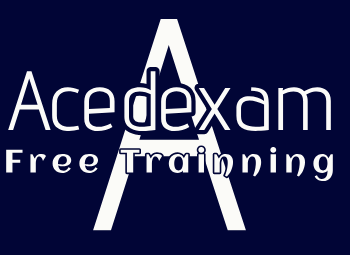The Brainjammer– CREATE DATABASE dbName; GO
If you think about it, without data there really isn’t a need for a computer. It does somewhat depend on your definition of what data is, but consider why we access websites from a computer or open apps on our mobile devices. It is done to consume data in one form or another, like a newsfeed, a music stream, a video stream; to send/receive text messages; or to read emails. All those actions require that data already exists and is stored in a place where it can be easily retrieved. When you consume any kind of data, you are in fact generating access and usage data yourself, which is collected and stored. The consumption and collection of data cannot be achieved without having it stored in some accessible location. It all requires a database, which is created using the syntax CREATE DATABASE dbName; GO.
Even if you are creating a database using an API or via the Azure portal, somewhere there is a command to the database management system (DBMS) that invokes a create method. From that point you have a blank canvas to design, deploy, configure, and optimize your data structure. Whether it is relational, semi‐structured, or unstructured, we all start from the same empty place. How you design a successful data storage and retrieval solution has many dependencies. For example, what kind of data will you store and what format is it in? Then there are numerous other questions, like where is the data coming from—what is generating the data, from how many locations will the data be generated, who or what will access the data, and where are those consumers physically located? And very importantly, what is the purpose of or use case for the data? Read on and you will gain some insights that will help you better answer those questions and perhaps also learn why those questions are important at all.
The Brainjammer
The data used for this book has come from my own brain. I have used an Emotiv Insight to capture approximately 20 sessions per scenario, over a two‐month period in eight different scenarios, for approximately two minutes per session. An Emotiv Insight has five electrodes: AF3, AF4, T7, T8, and Pz. Each of those electrodes collect five different frequencies: THETA, ALPHA, BETA_L, BETA_H, and GAMMA. Through much scientific analysis of brain waves, those frequencies have been attributed to certain human characteristics, which are described in the following list:
- THETA = Creativity
- ALPHA = Relaxation
- BETA_L = Problem Solving
- BETA_H = Concentration
- GAMMA = Learning
Frequencies are measurable and distinguishable signals that the brain interface can capture and convert into a decimal number. If you are performing an activity that requires a lot of creativity, you would expect that the values captured for THETA would be greatest and farthest away from, perhaps, ALPHA. We can assume that if values for THETA are a high number, when compared to the other frequency values in the same scenario, then we must be doing something creative. The same goes for BETA_H: we must have been concentrating hard. The different scenarios performed are in the following list:
- Listing to classical music
- Reading through a FlipChart newsfeed
- Meditating
- Listening to metal music
- Playing my guitar
- Flipping through TikTok
- Attending a meeting at work, remotely
- Working, not reading email, really working
It is possible to make some preliminary conclusions and assumptions about which of those scenarios would exhibit the most powerful frequency. Should working have high BETA_L and should meditation have high ALPHA? It seems like they should, but maybe the brain works differently than we assume. Some would say data doesn’t lie, but it can depend on how the data is captured, manipulated, and interpreted. The data for this book was collected in two formats, JSON and CSV, which are all downloadable in the BrainwaveData directory on GitHub here: https://github.com/benperk/ADE. The Emotiv Insight captures two kinds of signals, electroencephalography (EEG) and power (POW), which have both been collected and stored on GitHub. In the next chapter I’ll walk you through downloading them from GitHub and then uploading the files to an Azure Data Lake Storage (ADLS) container, which you will also provision.
It is kind of exciting looking forward to what we can find through the analysis of this data using some Azure data analytics products and features. The approach you take while analyzing this data can be applied for any type of data or use case. I just didn’t want to use the same ol’ taxicab, Twitter, or sales forecasting scenarios, which are valid but … well, boring.
If you think about it, without data there really isn’t a need for a computer. It does somewhat depend on your definition of what data is, but consider why we access websites from a computer or open apps on our mobile devices. It is done to consume data in one form or another, like a…

Archives
- August 2024
- July 2024
- June 2024
- May 2024
- April 2024
- March 2024
- February 2024
- January 2024
- December 2023
- November 2023
- October 2023
- September 2023
- July 2023
- May 2023
- April 2023
- March 2023
- February 2023
- January 2023
- December 2022
- November 2022
- October 2022
- September 2022
- May 2022
- April 2022
- February 2022
- January 2022
- December 2021
- October 2021
- September 2021
- August 2021
- June 2021
- May 2021
- April 2021
Contact US